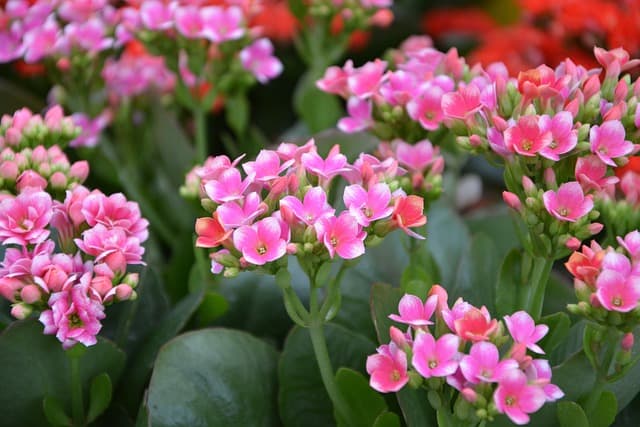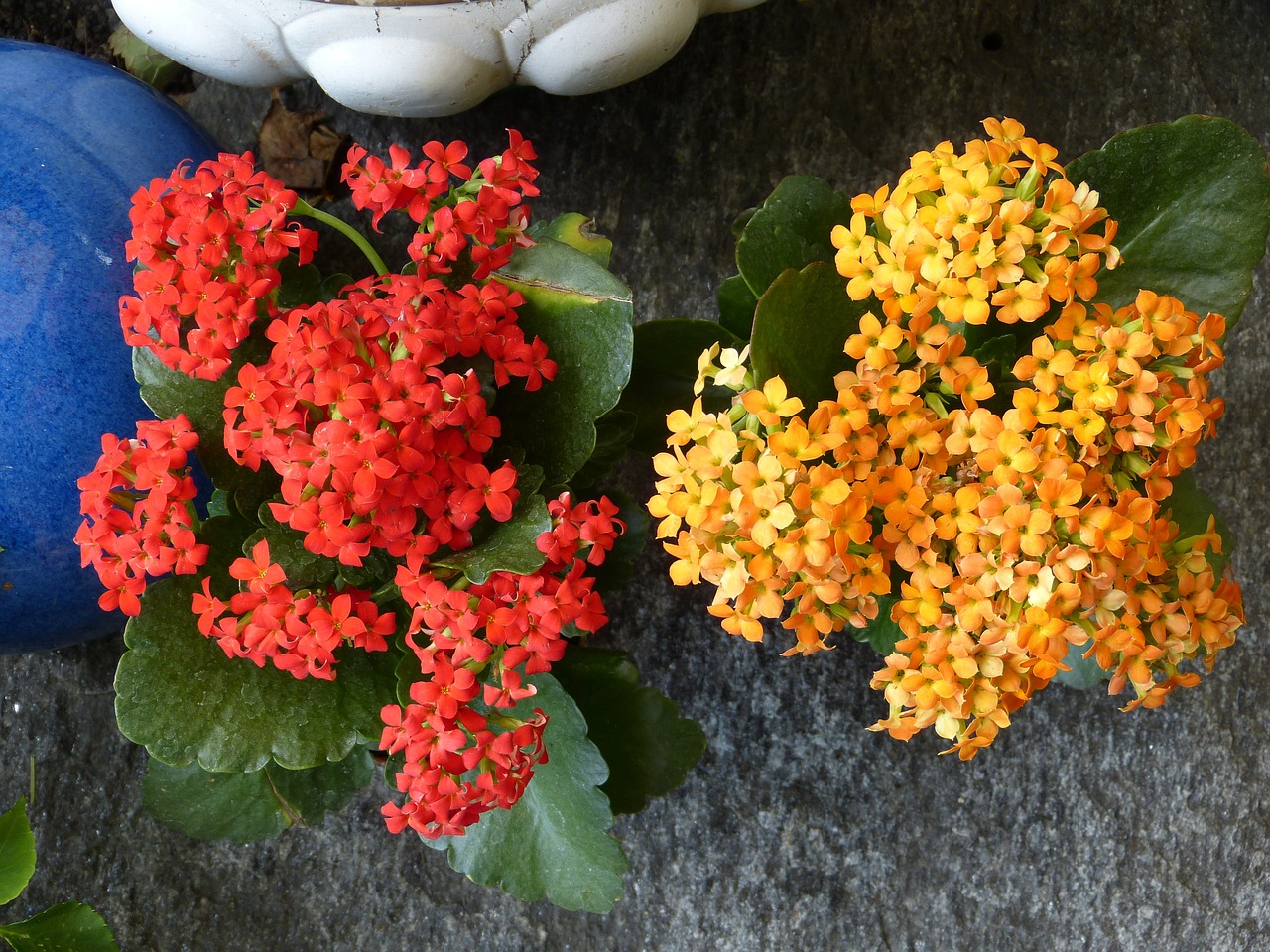Whether you want to expand your plant collection or give thoughtful gifts to friends, this guide will cover everything you need to know about propagating this beautiful succulent.
Understanding Kalanchoe

Kalanchoe is part of the Crassulaceae family and is native to Madagascar. It’s known for its thick, waxy leaves and clusters of small, colorful flowers. Some popular varieties include Kalanchoe blossfeldiana, also known as Flaming Katy, and Kalanchoe tomentosa, or Panda Plant. These succulents thrive in warm climates and are typically grown indoors, making them ideal for many households.
Why Propagate Kalanchoe?
There are several benefits to propagating Kalanchoe:
Cost-Effective: Why buy new plants when you can create your own from cuttings?
Sharing: Growing new plants to share with friends and family is a wonderful way to spread joy.
Plant Health: Propagation allows you to rejuvenate leggy or unhealthy plants, promoting better growth.
When to Propagate Kalanchoe
The best time to propagate Kalanchoe is during its active growing season, typically in spring and early summer. This is when the plant will likely respond well to the propagation process. Avoid propagating during the winter months, as the plant is in dormancy and may struggle to thrive.
Methods of Propagation
There are two common methods for propagating Kalanchoe: leaf cuttings and stem cuttings. Both methods are effective, so choose one that works best for you.
1. Leaf Cuttings
Steps:
Choose a Healthy Leaf: Select a plump, healthy leaf from the parent Kalanchoe. Look for leaves that are free of blemishes and pests.
Make the Cut: Use a clean, sharp knife or scissors to gently cut the leaf from the stem. Allow the cut leaf to dry for a few hours or overnight until the cut edge calluses over. This step is essential to prevent rot.
Prepare the Soil: Use a well-draining potting mix designed for succulents. Fill a small pot with the soil and water it lightly to ensure it’s moist but not soggy.
Plant the Leaf: Once the cut edge is callused, place the leaf on top of the soil, pressing it down slightly. You do not need to bury the leaf, as it will root from the cut end.
Watering and Care: Mist the soil lightly to keep it humid, and place the pot in a warm, bright location with indirect sunlight. Avoid overwatering, as this can lead to rot.
Roots and Growth: After a few weeks, you should see new roots develop. Once you notice tiny offsets or a small plant forming, you can start caring for it as you would a mature Kalanchoe.
2. Stem Cuttings
Steps:
Select a Strong Stem: Choose a sturdy stem with healthy leaves attached. Look for a stem that is at least 3-4 inches long.
Cut the Stem: Use clean scissors to cut the stem just below a leaf node. Allow the cut end to dry and callus for a few hours.
Prepare the Pot: Fill a small pot with succulent soil mix and water lightly.
Plant the Cutting: Insert the cut end of the stem into the soil and bury it slightly, ensuring it stands upright.
Watering and Care: Just like with leaf cuttings, the soil should be kept slightly moist but not waterlogged. Position the pot in a well-lit area without direct sun to prevent the cutting from drying out too quickly.
Root Development: Within a few weeks, the stem cutting should develop roots and begin to grow. Once the plant shows signs of new growth, it can be treated like a mature Kalanchoe.
Common Challenges and Solutions
Overwatering: This is the most common issue when propagating Kalanchoe. Always let the soil dry out completely between waterings to prevent rotting.
Insufficient Light: Kalanchoe requires bright, indirect sunlight for optimal growth. If the plant appears leggy or is not producing new growth, consider moving it to a brighter spot.
Pests: Inspect your cuttings regularly for signs of pests like mealybugs or aphids. If you spot any, treat them promptly with neem oil or insect solution to protect your cuttings.
Long-Term Care of New Kalanchoe Plants
Once your Kalanchoe cuttings have developed roots and started to grow, it’s time to transition into long-term care to ensure they flourish.
Potting
To give your young Kalanchoe the best start, consider repotting once they outgrow their initial pots. Choose a pot that is slightly larger and has drainage holes to prevent water from accumulating at the bottom. Use a cactus or succulent mix to encourage healthy root development.
Watering
Kalanchoe prefers to dry out between waterings. Generally, watering every two to three weeks during the growing season is adequate. In the winter, when the plant is dormant, reduce watering to once a month. Remember that environmental factors like humidity and temperature can affect watering needs.
Light Requirements
Providing the right amount of light is crucial for Kalanchoe makeup. They thrive in bright, indirect sunlight, so placing them near an east or west-facing window can be ideal. If you notice your plant stretching towards the light, it might be a sign that it needs more exposure. If the leaves start getting scorched or fading, it may be receiving too much direct sunlight — adjust its position accordingly.
Fertilization
During the growing season, consider feeding your Kalanchoe with a balanced, water-soluble fertilizer every 4-6 weeks. This encourages lush growth and vibrant flowering. Choose a fertilizer with a balanced ratio, such as 10-10-10, for the best results.
Pruning
Regular pruning helps maintain a fuller, bushier plant. After flowering, deadhead spent blooms and remove any dead or yellowing leaves. This not only keeps the plant looking tidy but also encourages more vigorous growth.
Conclusion
Propagating Kalanchoe can be a fun and fulfilling activity, whether you’re looking to expand your collection or share plants with friends. By following the steps outlined in this guide, you can enjoy the satisfaction of nurturing new plants from cuttings. Remember that patience is key — while Kalanchoe is generally easy to propagate, each cutting may take different amounts of time to root and grow.





